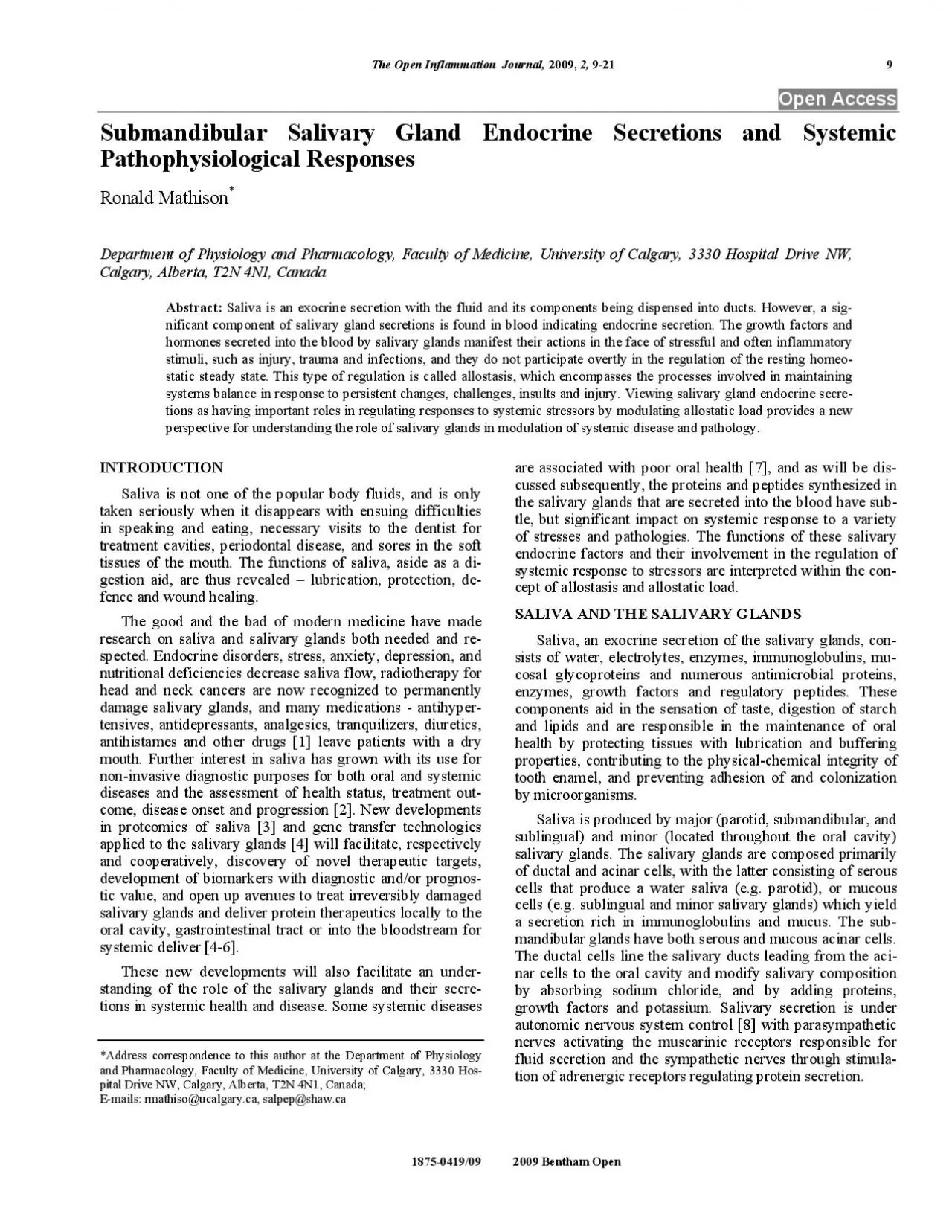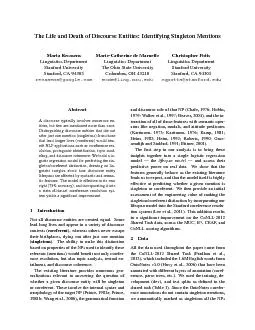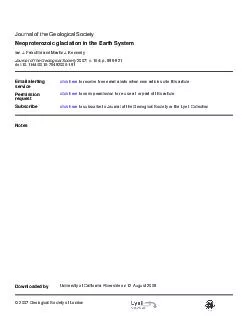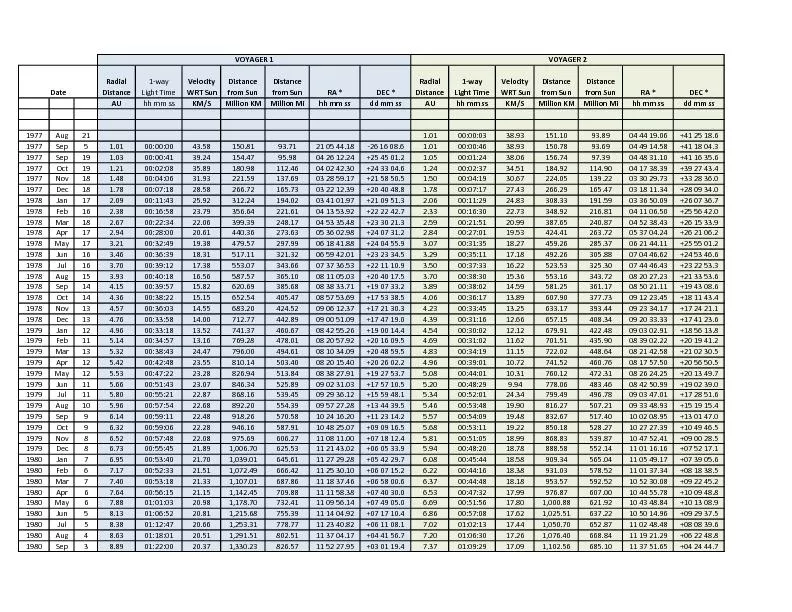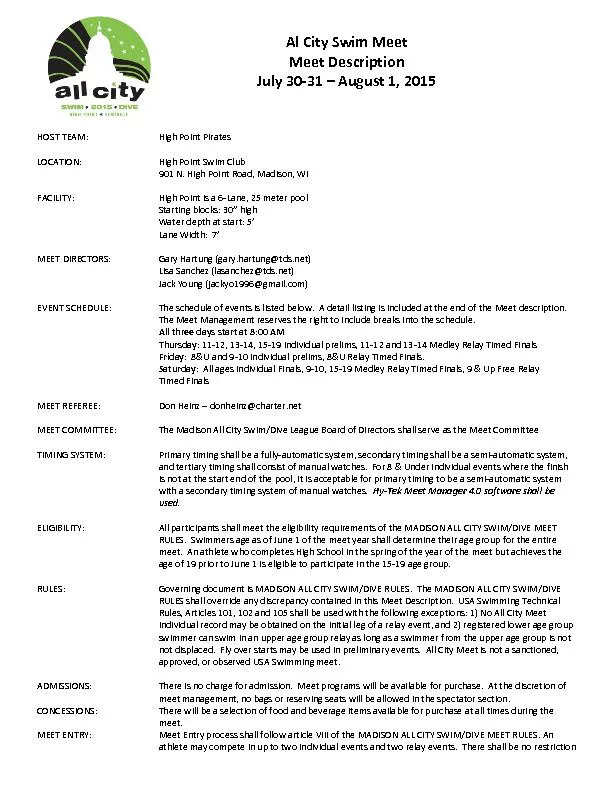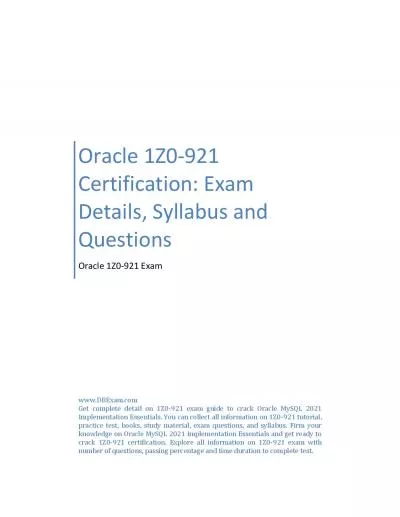PDF-The Open InflammationJournal 2009 2 921 9 1875041909 2009 Bentha
Author : hailey | Published Date : 2022-10-11
Open Access Submandibular Salivary Gland Endocrine Secretions and Systemic Pathophysiological Responses Ronald MathisonDepartment of Physiology and Pharmacology
Presentation Embed Code
Download Presentation
Download Presentation The PPT/PDF document "The Open InflammationJournal 2009 2 921 ..." is the property of its rightful owner. Permission is granted to download and print the materials on this website for personal, non-commercial use only, and to display it on your personal computer provided you do not modify the materials and that you retain all copyright notices contained in the materials. By downloading content from our website, you accept the terms of this agreement.
The Open InflammationJournal 2009 2 921 9 1875041909 2009 Bentha: Transcript
Download Rules Of Document
"The Open InflammationJournal 2009 2 921 9 1875041909 2009 Bentha"The content belongs to its owner. You may download and print it for personal use, without modification, and keep all copyright notices. By downloading, you agree to these terms.
Related Documents

